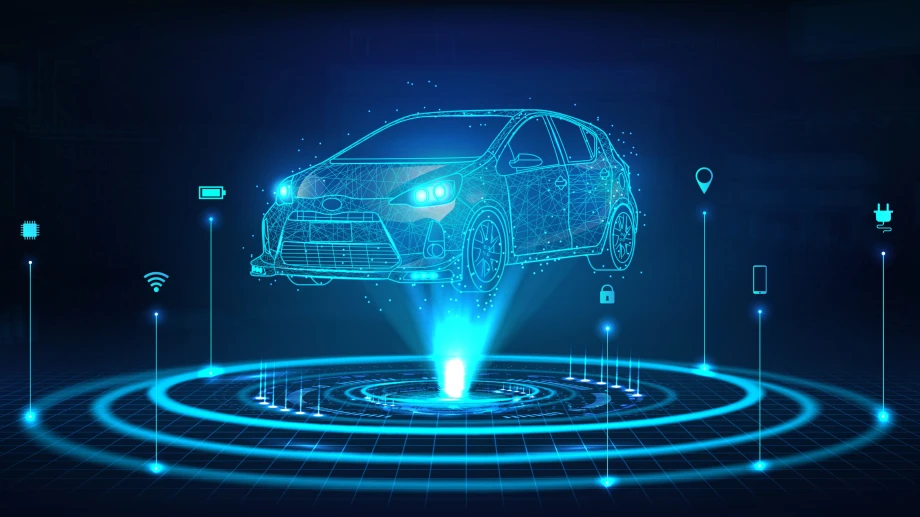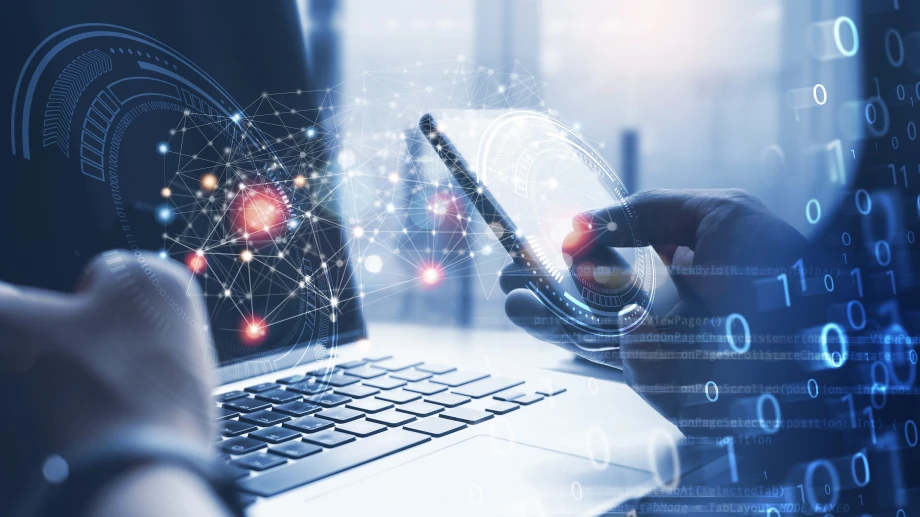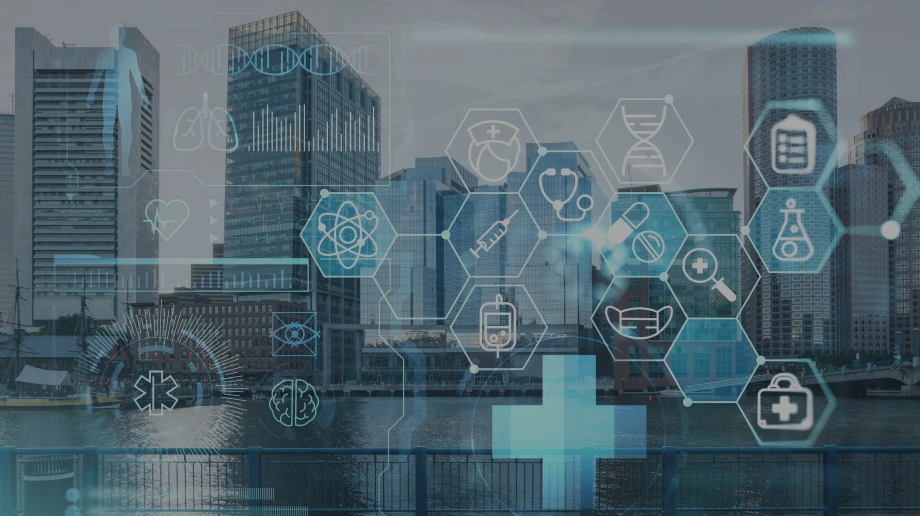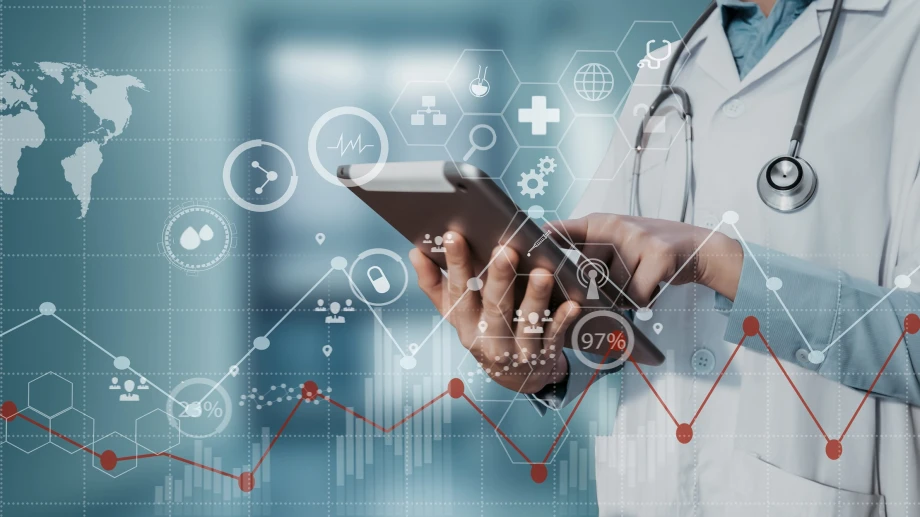Article
3 min read
How we got here - A historical overview of the industrial revolutions
The history of humanity has been and continues to be marked by revolutions, which as a common trait almost invariably brought about major, disruptive changes in societies and people's lives. Industrial revolutions are no exception: The very name itself suggests that the successive stages of development induced changes that fundamentally altered the living conditions and social foundations of humanity. Today we are living in the era of the fourth industrial revolution, commonly known as Industry 4.0, which has brought the 'reign' of digitisation and smart devices. But before we get to what exactly Industry 4.0 is, let's jump back in time and take a look at what the previous three industrial revolutions gave the world.
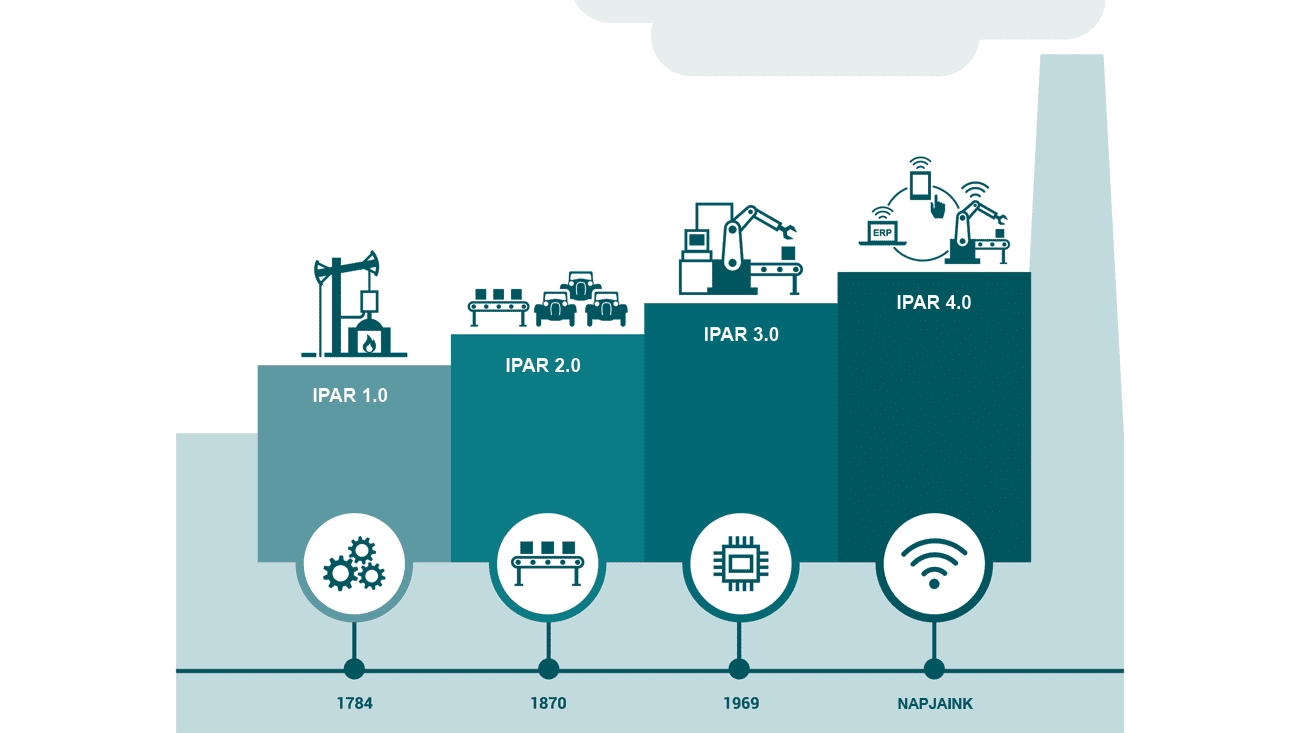
First of all, it's worth clarifying what exactly an industrial revolution is: It is the name given to any transition to a production technology differing from the previous ones, which has the common characteristics of fundamentally changing industrial production and thus affecting the lifestyle and working conditions of humanity. Let's see when they happened so far! Opinions are divided about the start of the first industrial revolution, with some linking it to the creation of James Hargreaves' 'Spinning Jenny', a machine that revolutionised yarn production in 1764, and others to the creation of James Watt's steam engine in 1784. What is certain, though, is that the first industrial revolution, which brought about mechanisation, reached its zenith roughly 100 years after its start.
The achievement of the second industrial revolution, which stretched from the 19th century until roughly the beginning of the 20th century, was mass production. Several major events are considered to have been the starting point, including the introduction of typewriting, the development of steel and chemical industry, the birth of the internal combustion engine, and the spread of electricity.
The third, or digital, industrial revolution occurred within an arm's reach back in time, at the end of the 20th century, starting roughly in the 1970s. It was triggered by the spread of personal computers, automation and communication between devices, the latter being the precursor of Industry 4.0. But progress did not stop there: Thanks to the incredible amount of data available and the development of machine-to-machine communication, smart devices have slowly infiltrated our lives - leading us to the creation of ever 'smarter' factories and the fourth industrial revolution. With this, humanity and industrial production entered a new phase of development, which we will discuss in our next article.











